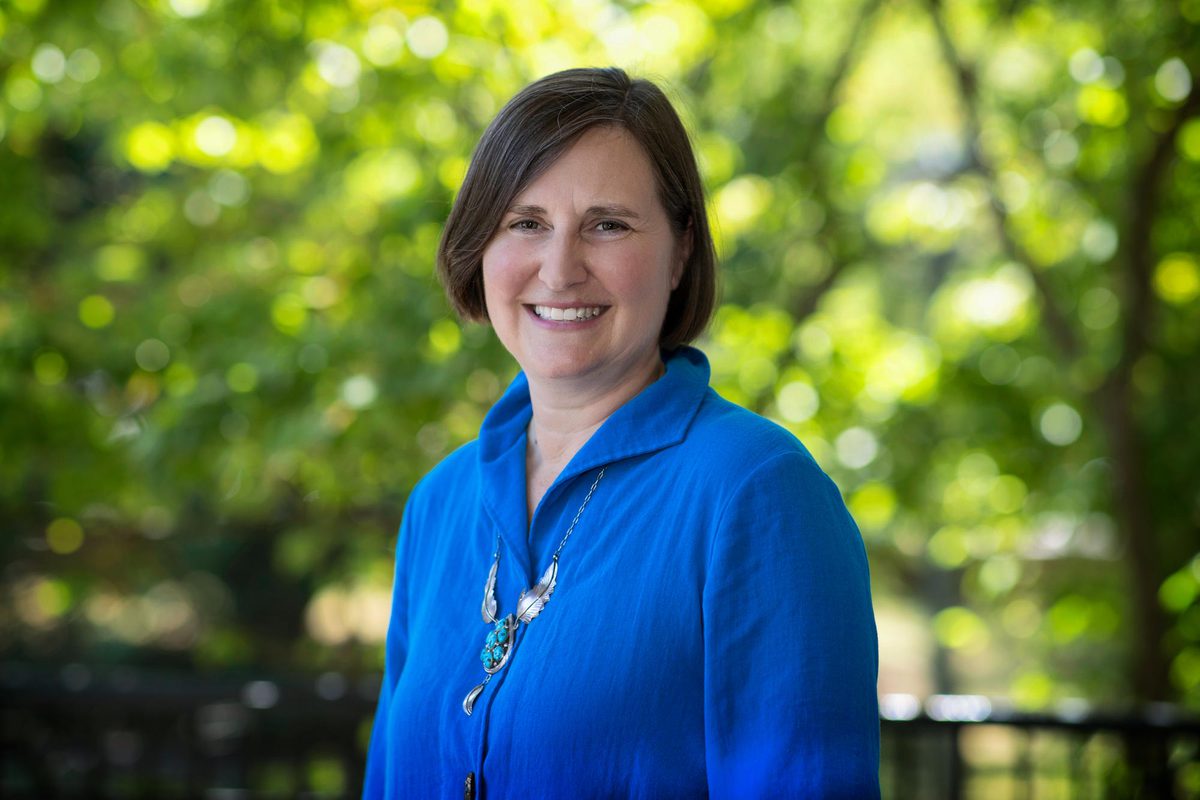Students who log in to the Student Information System to search for spring courses are in for a better experience: The University of Virginia has just launched a new user interface that makes it much easier to search and register.
The menu of 2020 spring classes officially goes live Friday on the Student Information System, or “SIS.” Undergraduate students will have from Nov. 4 to Nov. 8 (excluding Election Day) to lock in their schedules.
Here is a quick list of what students need to know:
- Searching for classes has never been easier.
- The new interface is more modern and intuitive.
- There is a new function called “Schedule Builder” which makes the complicated process of creating and enrolling in classes much easier.
These new improvements are the product of a strong relationship between the registrar’s office and UVA’s Information Technology Services “We have recognized the need for an improved SIS user experience for many years and we realize it’s well overdue,” said Virginia Evans, UVA’s chief information officer. “We are really excited that the stars aligned with a good vendor and a registrar who is a strong advocate for enhancing the student user experience.”
“I think Schedule Builder is a huge step forward for students,” Laura Hawthorne, associate vice provost and University registrar, said. “I’ve had students who have spent hours mapping out their schedule manually. If they wanted to take a set of five classes and each of those classes had 10, 15, or 30 options as far as discussion sections and labs and things like that, before Schedule Builder, students had to figure that out for themselves or they had to use another tool that was outside of SIS. Now they can do all of that within SIS.”

Registrar Laura Hawthorne predicted the new SIS Schedule Builder function will be a big hit with students as they search for courses. (Photo by Dan Addison, University Communications)
Hawthorne said students can load their course selections into the new system and click a button that says “Build My Schedule.”
“When they click that, it returns every possible configuration of that schedule in a calendar view,” Hawthorne said. At the top of the screen will be a series of numbers that represent each iteration of the course schedule. “Students can just click through those numbers and watch their schedule change,” she said.
“Then it starts walking them through each of the classes, just getting them to confirm ‘This is the class you want,’” Hawthorne said. Students can indicate if they want to be on a waiting list and flag which course they would drop in the event they roll off the waiting list. Students can also enroll directly from the course search function, giving them a lot more flexibility. (The new interface also adapts to whatever screen size students are using.)
“When they arrive at the schedule they want, students can hit ‘enroll,’” she said. That’s it.
Led by ITS Assistant Vice President Teresa Wimmer, two administrators from UVA’s Enterprise Applications – Tracy Pettit, the director of student records, enrollment and admission applications, and Karen Spitzer, the technical director of student applications – worked diligently with Hawthorne to vet vendors to help create the new interface.
“We knew about people having trouble finding classes, doing their class searches,” Spitzer said. “Students had come to us building their own products. And so that’s really where this started. In trying to improve the class search experience, to make it more integrated and more real-time for students.”
At the outset of the new redesign, administrators met with student fellows from UVA’s Meriwether Lewis Institute for Citizen Leadership, who helped identify problems with the old system.
“We met with them for a day, brainstorming ideas on what a new class search system would look like, how to advertise it, how to market the product,” Pettit said. “Then we had three students from the Meriwether Lewis Institute come work with us throughout this summer.”
During development, a number of students tested the enhancements and provided feedback.
Gino Stickley, a third-year student from Harrisonburg, was among the students who tested the system to be sure it was operating properly. He said he would look for weaknesses in the new interface and try and “break” them.
With things running smoothly, Stickley said he is looking forward to registering for courses later this semester. “It’s a modern-looking system that I think students will really like,” he said.
Media Contact
Article Information
October 10, 2019
/content/university-registrar-new-course-registration-tool-huge-step-forward-students

